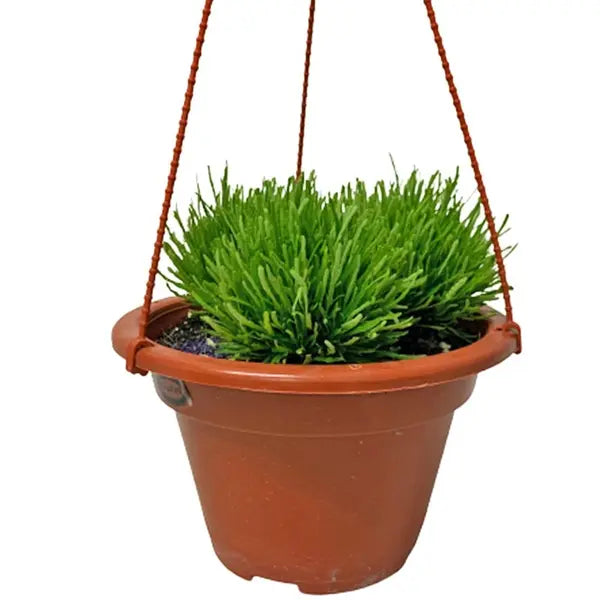
GREEN DRAGON'S TONGUE Hemigraphis Repanda "Green
Size: Single plant | 2.5" Pot Included
The Hemigraphis repanda, also known as the dragon's tongue plant, is a small, evergreen perennial plant with attractive leaves and tiny white flowers:
Hemigraphis repanda
Appearance
Small plant with green upper leaves, magenta lower leaves, and rippled edges
Size
Grows up to 6–9 in (15–23 cm) tall
Light
Prefers part shade or filtered light
Water
Prefers occasional watering to keep the soil moist
Fertilizer
Use a balanced liquid fertilizer
Humidity
Requires moderate humidity
Uses
Ideal for edging patios, borders, walkways, rock gardens, and container plantings
Air purification
Removes toxins like formaldehyde and benzene
Toxicity
Not toxic to humans, but ingestion may irritate
Here are some tips for caring for a dragon's tongue plant:
Avoid overwatering, as the plant is sensitive to wet soil and may develop root rot.
Leaves may curl or droop if the plant is overwatered.
Yellow leaves may be caused by underwatering, nutrient deficiencies, or pests.
Here are some tips for caring for a dragon's tongue plant:
Light
Dragon's tongue plants can tolerate low light, but they grow best in brighter conditions. They prefer filtered light, and too much direct sunlight can burn the leaves. If you want to use a grow light, a full-spectrum LED light is ideal.
Watering
Water the plant when the top inch of soil is dry. Dragon's tongue plants prefer moist soil, but they don't do well in extended dry spells.
Fertilizing
Fertilize the plant in the spring and summer with a balanced liquid fertilizer. You can stop fertilizing during the fall and winter when the plant is dormant.
Pruning
You usually only need to prune the plant to remove any leaves that are yellow or brown.
Repotting
Repot the plant once a year or when it doubles in size.
Humidity
Dragon's tongue plants thrive in high humidity environments, like terrariums or paludariums.
Propagation
You can propagate a dragon's tongue plant by cutting off a tip and placing it in water. Roots will eventually grow from the bottom, and you can then plant the cutting in compost.
Dragon's tongue plants are native to Asia and Madagascar, and they can add a touch of nature to any decor style. However, they are not safe for pets and are not intended for human consumption.

